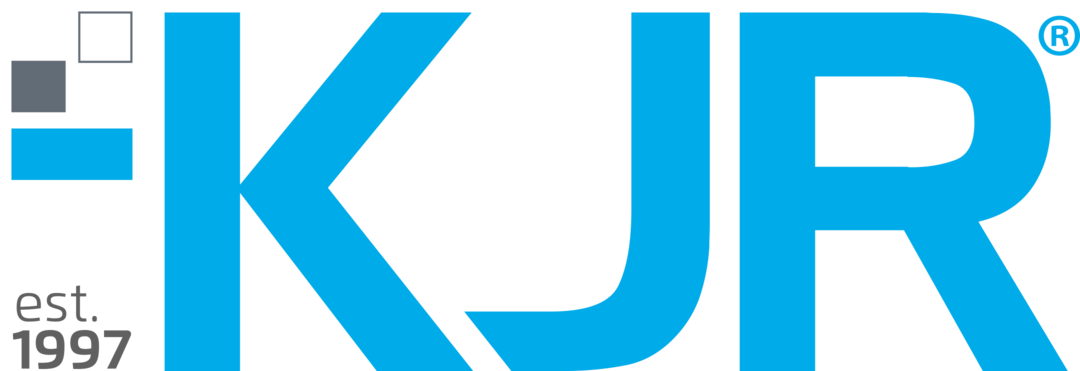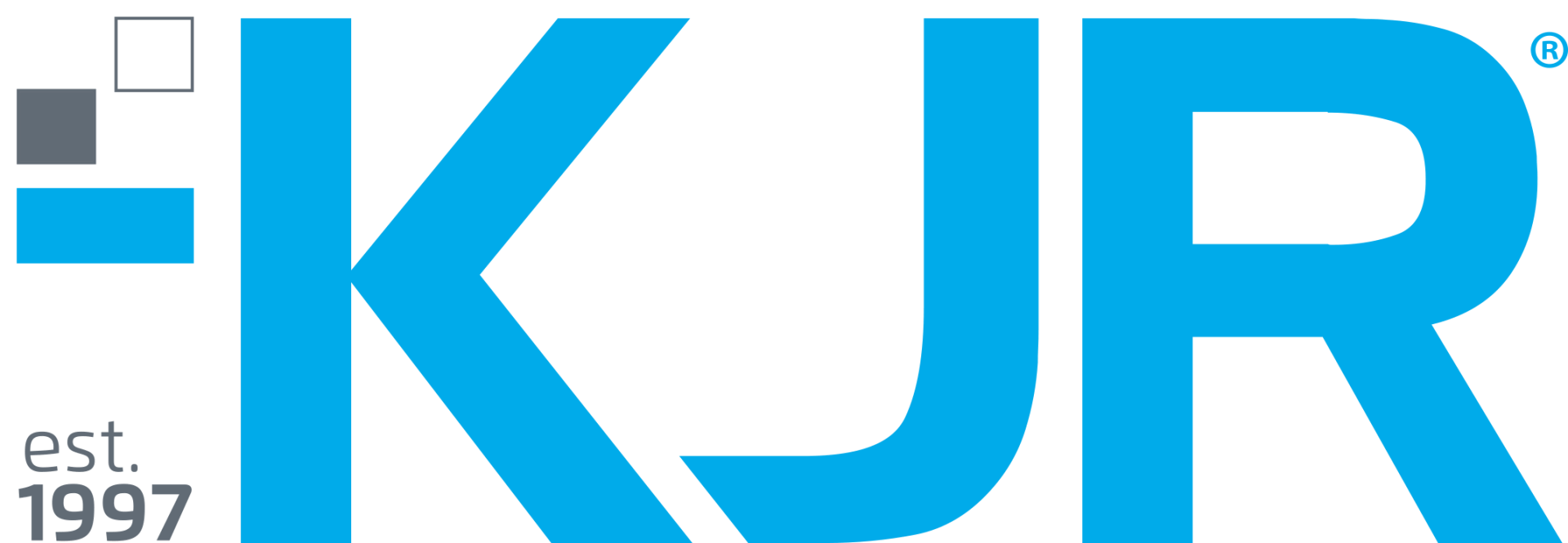Event Wrap – Understanding Human Performance: How AI is Advancing Workplace Health and Safety
Health and Safety should always be front of mind for every workplace. Passionate about this topic, KJR recently joined with partners to host an interactive and informative afternoon with the theme of ‘Understanding Human Performance: How AI is Advancing Workplace Health and Safety’.
The performance of athletes and employees have more physical indicators in common than we might expect. At this event, our distinguished speakers shared how developed and emerging technology can provide physical performance insights on the sports court and in the workplace alike, and how technology that has traditionally been used to monitor athlete health and performance is being transferred to employees in a range of industries. Specifically, we learnt about success prediction, disaster prevention and workplace response, injury prevention, how we predict safety, and patterns of fatigue prediction.
As sponsors of WNBL Championship team, the University of Canberra Capitals, and to align with the 2020 WNBL season bubble in Northern Queensland, KJR also invited the team to share an athlete’s perspective of the technology on display.
Kicking off with a sporting perspective, Dr Anthony Leich, Associate Professor, Sport & Exercise Science at James Cook University, takes us through human performance from an athlete’s perspective. Dr Richard Franklin, Associate Professor, Public Health at James Cook University, follows with a look more generally at workplace environments, and workplace response. Greg Tonner, Head of APAC: Sparta Science, then discusses physical performance, while Dr Stan Rodski, Head of Neuroscience Research at Cernova covers neural performance. Finally, Andrew Hammond, Co-Founder, Augmented Intelligence (and KJR General Manager) discusses a specific product, FatigueM8, in development to improve workplace safety.
You can watch the event in full right below, or if you’re pressed for time, scroll past the video to where we’ve summarised the key themes.
Success Prediction & Ethical Issues
AI can be used to help predict athlete success, and guide selection and training decisions for elite sport.
Dr Anthony Leich: It’s using a lot of this data that we have at the moment, and then using it in a way to then inform; how we’re going to select the person, how we’re going to train them, but also how they’re going to perform in the next round.
While AI can be a helpful tool in predicting athlete success, it is not without ethical implications.
The first question that came to me is ‘how do I use that to bet on games?’ It’s probably something we need to talk about further in the use of AI are the moral and ethical aspects.”
Disaster Prediction and Workplace Response
Dr Richard Franklin discussed the application of AI in disaster predication and aligning workplace response. He also outlined the importance of individualised workplace safety measures.
He highlighted the work that was being done to bring together separate pieces of data to form a bigger picture that would assist in aligning relevant workplace responses. He gave the example of a workplace that may exist in a known heat island, where it may be necessary during a heatwave to adjust working hours or the way in which work is done in order to accommodate changing conditions and allow for work to be completed safely. For individuals with conditions such as cardiovascular disease or an underlying heart condition, changing to the way in which work is conducted during these periods becomes especially important.
Heatwaves are not the only hazards identified in relation to work carried out in agriculture, with complex workplaces posing different challenges. In these contexts, it’s important to look at teams and the way that people work together, as injuries are often caused by other people in these environments.
Richard also described the benefits of being able to use AI to scan rooms for hazards, which allows users to identify hazards within their environment.
Individualising responses is also key. As Richard explains:
If we can actually do a better job of knowing who’s more likely to be injured, we can then change the way that we do the workplace for those people and make it more individualised.”
“It’s really about using big data to try and develop the models that we can then in real time insert the data in, that gives you an algorithm that helps you make a decision.”
Ultimately, “it gives you a decision matrix that helps you be more informed about the way that you work, and hopefully make it that you can spend more time working and less time having to worry about safety when you’re in a workplace.”
Injury Prevention
From his work in elite sport, Greg Tonner recognised that there was a lack of objective data when it came to injuries.
Greg Tonner:
In sport, we have the ability where we have the player who wants to go as long as they can, we have medical’s opinion, we have coaching’s opinion, but we had no objective data.”
It also created a situation where, as Greg puts it, “we knew your injuries, but we didn’t know what your chance of being reinjured was.”
This led to the use of force plates to obtain musculoskeletal data based on three scans; a jump test, a balance test, and a plank.
From here, Greg notes that “you can get a musculoskeletal profile, and from that profile we can diagnose the way you generate force, from that force we can then profile, and then potentially based on your scans, your probability of injury and where in your body, but then diagnose instantly onto your phone, a program that’s designed to meet the way you generate force.”
Predicting safety behaviour
Dr Stan Rodski’s first a-ha moment came when he was with an executive; “I said why don’t you start colouring?” As a result, he was able to observe that the brain relaxed.
This discovery ushered in a big movement of adult colouring, with the popularity of colouring books for adults to promote mindfulness exploding as a result, with Oprah Winfrey even featuring them on Good Morning America.
This phenomenon was proved with technology that was able to measure the variations between heartbeats. This finding led to his second a-ha moment; colour science. As a result of being interested by the choice of colours that he was making, and the colours he was attracted to.
It became very obvious that there was a pattern, and this is where the computational neuroscience starts to come in.”
“Our choices of colours actually are deeply seated in there such that you could observe a pattern of colour choice by my patients or clients or sportspeople”. He found that once the neuroscience was put in place, “there were a certain pattern of people who were feeling tense, and … a pattern of people who were feeling positive and wanting to perform.”
Therein lay an opportunity to learn from the data and find a pattern that would be scalable. Enter OSCAR AI, or Optical Spectrum Computer Aided Robotic.
This led to the use of an algorithm able to predict other behaviours, such as someone’s state of mind in relation to their safety behaviour, or a “neuro–print of safety”.
“We’ve been able to bring a world of digital neuroscience into a computational world where we’ve been able to marry that into a predictive science and it actually allows us to answer so many interesting questions if we can collect that data along the way”.
Linking back to the world of elite sport, when working with Craig Bellamy, coach of the Melbourne Storm, Bellamy asked how the neuroscience was going to help his team win. Dr Rodski explained that the answer was quite simply, “turning pressure into performance, versus turning pressure into stress”.
Patterns of fatigue prediction
FatigueM8 is project that involves several members of the KJR Collective, and started as a response to accidents and fatalities that occurred in heavy vehicle truck driving. Cardiovascular and fatigue accounted for about half of these fatalities.
Heart attack and heart disease are also the two leading causes of death in the broader trucking industry.
By converting the steering wheel into an ECG monitor, FatigueM8 is designed to measure heart rate variability, a measure of the space between each of the heartbeats.
Andrew Hammond:
If we know that the person is in a more fatigued state at the beginning of the day, then we can start to predict how their day is going to be and we can get them off the road earlier.”
The opportunities presented by artificial intelligence speak to KJR’s purpose of building digital confidence by shaping digital technologies for confident and positive transformation of systems that benefit the community. And as a collective of technologists who operate with quality assurance at the core of all we do, you can be sure that KJR will be watching (and participating) closely as artificial intelligence evolves and ingrains itself even more prominently within our daily lives.









